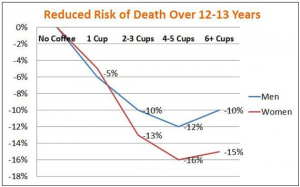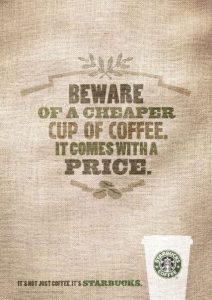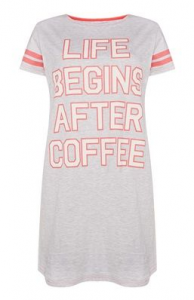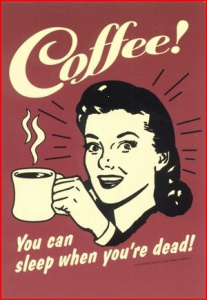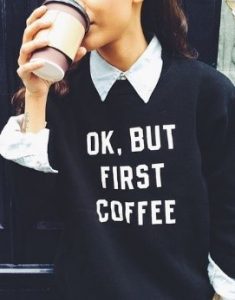Tabacco
For being a non-smoker, I can still name the top most popular companies for tobacco…Camel. Growing up and even to this day, it’s gotten pretty normal to see these kinds of adds and not even second guess what they might be doing near a park or even school. I choose this ad because I have heard of this ad on the radio several times. Tobacco use is quite common in today’s society, as college campus, public and private places may assign designated places for smoking. Walking by these places there is a high chance someone will be found standing around in one corner, smoking. The company that caught my eye is Camel, from their distinct packing, o their mascot Joe Camel, has made this to be a classical tobacco company. This company was first founded by R.J Reynolds back in 1885, who was a son of a Tobacco farmer. He first established a factory where he produced about 15,000 pounds of tobacco, but soon moved onto millions. Before the release of his cigarettes, Reynolds promoted his product, by the soligin “The camels are coming”, which was derived from a song originally called “The campbells are coming”. This type of advertisement drove up the demand as soon as the product hit the markets. Since then the company had boomed, from the growth of tobacco users.
Intended Audience
“Tobacco companies will spend over $73 million promoting cigarettes in Maine this year – and they’re targeting kids”. As there has been more regulations being put on Tobacco advertisements, that hasn’t stopped them from reaching their audiences, that are teens. Most of these advertisements come in magazines, newspapers, and online. They find it easier to advertise to teens, are they are more easy to influence. And the sooner they start smoking, the more additive they will become as they grow older. Whats even stranger is the mascot for Camel is Joe Camel, that can be see on quite a few ads from back in the day to even today. He seems to be a cartoonist figure, that relates to being innocent and sweet but aside from that he usually carries around a lit cigarette in his mouth. For teens it would be much harder for them to quiet, if it has been part of their life for quite a while, if thy stated from a young age. It’s even more effect if a celebrity or an influential figure appears in the ad, this sort of advertising attracts a lot of attention from the young adults. Tobacco companies also try to attract certain gender either, by showcasing young beautiful women with slim figures, that are easy on the eyes for either some men or for women who see it as a way to obtain that figure. As tobacco suppressing the appetite for food, most often it will lead to a dangerous way to weight lose. This type of effect is quite attractive for young adults, who seek for that in their own life and will do anything to obtain it, even if it means putting their life in danger.
Active Ingredients
The most active Ingredient is Nicotine, “A poisonous volatile alkaloid derived from tobacco (Nicotiana spp.) and responsible for many of the effects of tobacco; it first stimulates (small doses), then depresses (large doses) at autonomic ganglia and myoneural junctions. Its principal urinary metabolite is cotinine” (Nordqvist). It could be either smoked or chewed as both result in altering effects on the person’s behavior. As Nicotine effects are fast as “Cigarette smoking results in nicotine reaching the brain within just 10 seconds of inhalation”( National Institute of Drug Abuse). With its rapid “relief”, it makes it a dangerous and highly addictive drug. As stated in the National Institute of Drug Abuse, that it accounts for an average of one third of all cancers. In almost 90 percent of lung related illness, such as cancer are caused by smoking cigarettes. Even though someone might be diagnosed with a deadly illness their ability to stop smoking is physically challenging, as their brains will crave more and more. Stopping them from being functional humans of society, they fall in the hands of tobacco use.
Advertising techniques
The advertisement above, attracted my attention with its vibrant colors that make it this cool thing to get. It states “taking pride in your flavor”, telling the consumer that the flavor they choose is sort of a step in the right direction. It’s almost saying that it’s alright to be smoking, in big and bold letters that see inviting and accepting. Below this it mentions, “Enjoy smoke free, spite free, drama free, that’s packed in a pouch for great tasting, long lasting anytime enjoyment. Camel SNUS-the pleasure’s all yours”. This ad speaks highly of the product that is displayed in the picture, as it states that is “drama free”. Fritz Gahagan, a former marketing consultant for five tobacco companies says that “The problem is how do you sell death? How do you sell a poison that kills 350,000 people per year, a 1,000 people a day? You do it with the great open spaces … the mountains, the open places, the lakes coming up to the shore, They do it with healthy young people. They do it with athletes. How could a whiff of a cigarette be of any harm in a situation like that? It couldn’t be – there’s too much fresh air, too much health – too much absolute exuding of youth and vitality – that’s the way they do it”. All this attracts people, who think they could achieve that sort of life, by getting maybe just a bit closer by buying that cigarette pack.
Overall opinion
Would I recommend this drug to a friend or family member? No. After engaging myself with the information provided to me and also using my common sense, I would not recommend this drug to anyone. With no real benefits, those who do smoke seem to be putting a lot on the line, for so little. Is some social setting the influence can get out of hand, but it’s still not worth, considering all the deadly side effects that will engulf you and will eventually lead you to an early grave.
References
Tobacco Ad.
Ling, P. M., & Glantz, S. A. (2002). Why and How the Tobacco Industry Sells Cigarettes to Young Adults: Evidence From Industry Documents. American Journal of Public Health, 92(6), 908–916.
Nordqvist, C. (2015, December 1). “Nicotine: Facts, Effects, Nicotine Addiction.” Medical News Today. Retrieved from
https://www.medicalnewstoday.com/articles/240820.php.
National Institute on Drug Abuse https://www.drugabuse.gov
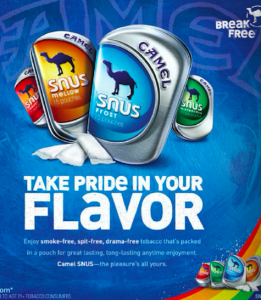





 The first Lavazza logo was created in 1946 by the Aerostudio Borghi in Milan. The central letter “A”, larger than the other letters, still identifies us today.
The first Lavazza logo was created in 1946 by the Aerostudio Borghi in Milan. The central letter “A”, larger than the other letters, still identifies us today.





